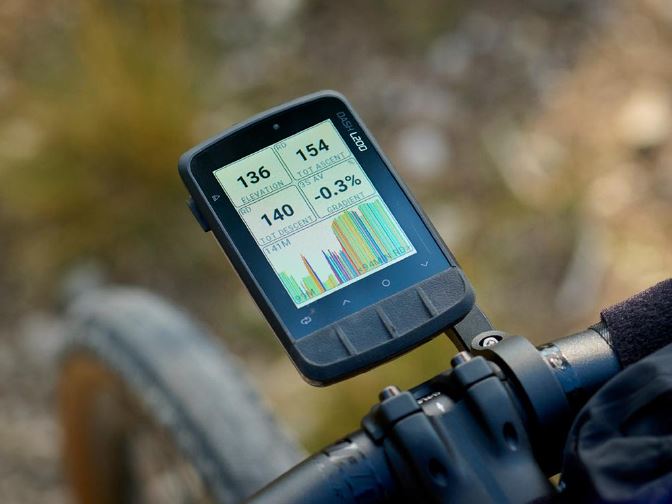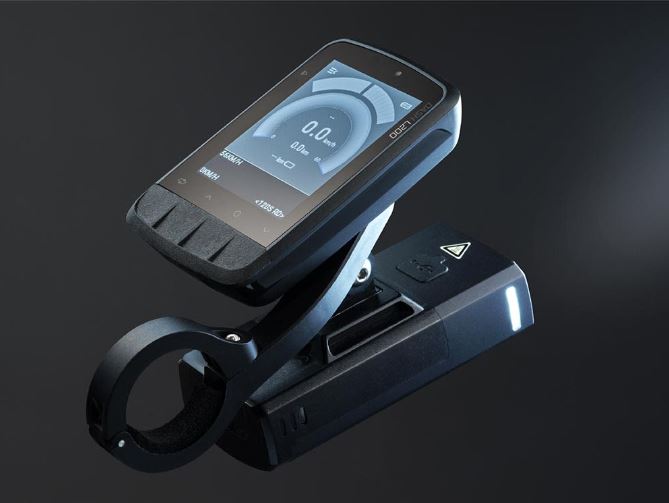Enhancing Ride Safety: The Role of Bike Computers in Cycling Safety

Key Point Summary of The Role of Bike Computers in Cycling Safety:
- Navigation and Route Planning: Avoid dangerous routes and stay on safer, cyclist-friendly paths.
- Real-Time Data and Metrics: Monitor your physical condition to prevent overexertion.
- Alert Systems: Benefit from incident detection and alerts for approaching vehicles.
- Group Tracking: Stay connected with fellow riders, enhancing group safety.
- Weather Alerts: Stay informed about changing weather conditions that could impact safety.
Bike computers, once a luxury, have evolved into essential tools for cyclists of all levels. Through years of racing and riding across various disciplines—mountain, gravel, and cyclocross—I’ve witnessed firsthand how these devices enhance not just performance but crucially, safety. Modern bike computers go beyond mere speed and distance tracking; they are now pivotal in ensuring a safer cycling experience through innovative features and alert systems.
Navigation and Route Planning
Gone are the days of getting lost or inadvertently venturing onto busy roads with high traffic. Modern bike computers offer sophisticated GPS and mapping features that help plot safer routes. This function is invaluable for avoiding hazardous areas and sticking to paths that are known for being cyclist-friendly.
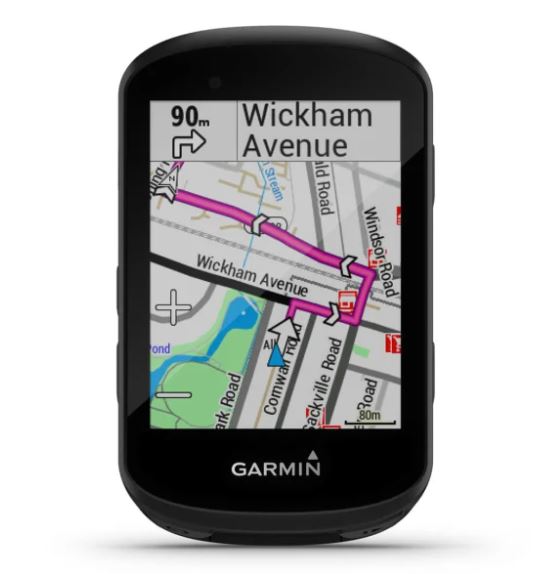
Monitoring Physical Condition
Cycling, especially over long distances or challenging terrain, can push our limits. Bike computers that provide real-time data on heart rate, power output, and fatigue levels can be instrumental in preventing overexertion. By keeping an eye on these metrics, cyclists can adjust their efforts to maintain a safe level of exertion, reducing the risk of accidents caused by fatigue.
Advanced Alert Systems
One of the most significant safety advancements in bike computer technology is the development of alert systems. Features like incident detection can automatically notify emergency contacts in the event of a crash. Additionally, some bike computers are equipped with radar systems that alert riders to vehicles approaching from behind, giving them more time to react and stay safe on the road.
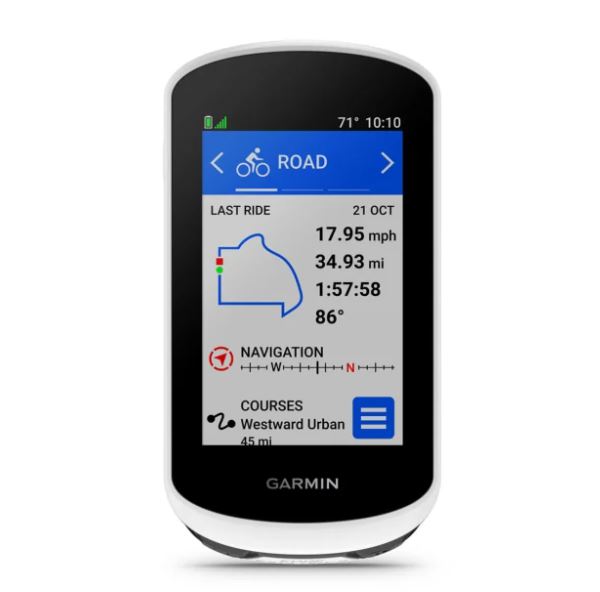
Enhancing Group Safety Through Connectivity
Riding in groups is a common practice, offering both motivation and safety in numbers. Bike computers with group tracking capabilities allow riders to monitor the position of their companions in real-time, ensuring no one is left behind or lost. This feature is particularly useful in remote areas or during events with large numbers of participants.
Weather Alerts
Unexpected weather changes pose a significant risk to cyclists. Advanced bike computers offer weather alert features, providing real-time updates about incoming bad weather. This information allows riders to seek shelter before conditions become dangerous, or to adjust their route to avoid the worst of the weather.
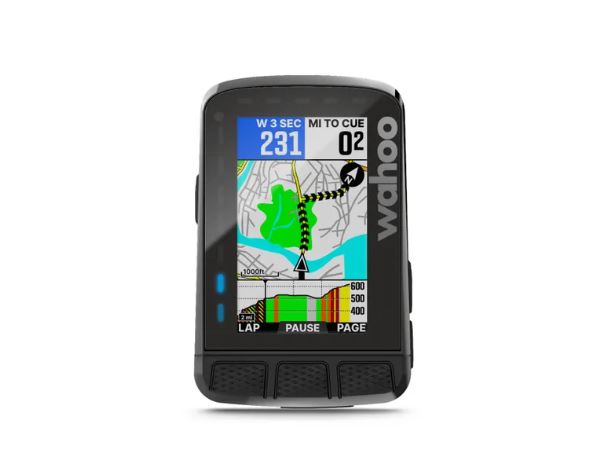
The Role of Bike Computers in Cycling Safety: Wrapping Up
The role of bike computers in cycling safety cannot be overstated. As technology has advanced, these devices have become indispensable tools for navigating, monitoring physical exertion, and staying alert to potential hazards. Whether you’re a seasoned racer or a weekend warrior, the benefits of incorporating a bike computer into your cycling routine are clear.
They not only enhance your performance but, more importantly, significantly contribute to making your ride safer. As cycling continues to grow in popularity, ensuring each ride is as safe as possible becomes paramount, and bike computers are at the forefront of this mission.

Here are a few models that encapsulate the benefits discussed in the article, offering a range of functions designed to keep cyclists safe on the road and trails:
- Garmin Edge Series: Known for their robust navigation capabilities, the Garmin Edge series, especially models like the Edge 530 and Edge 1030 Plus, offer advanced mapping, turn-by-turn directions, and route recalculation. These devices also feature incident detection, group messaging, and tracking, making them invaluable for both solo and group rides. The integration of Garmin Varia radar compatibility further enhances safety by alerting riders to vehicles approaching from behind.
- Wahoo ELEMNT Series: The Wahoo ELEMNT series, including the ELEMNT ROAM and ELEMNT BOLT, are celebrated for their user-friendly interface and powerful navigation tools. These bike computers offer live tracking, turn-by-turn navigation, and seamless integration with smartphone apps for weather alerts and route planning. The ELEMNT series also supports ANT+ Radar, connecting with devices like the Garmin Varia for rearview radar functionality.
- Hammerhead Karoo 2: The Hammerhead Karoo 2 is a relatively new entrant but quickly gaining popularity for its high-resolution display and superior navigation features. It offers detailed maps, real-time rerouting, and comprehensive data tracking. While it currently lacks native radar support, its robust navigation tools and potential for software updates make it a strong contender for safety-conscious cyclists.
Each of these bike computers brings something unique to the table, from Garmin’s well-rounded safety features and ecosystem integration to Wahoo’s user-centric design and connectivity, and Hammerhead’s cutting-edge display and navigation prowess. When selecting a bike computer, consider which safety features align best with your cycling habits and environments to ensure not just a performance-enhanced ride but a safer one too.

FAQ
What safety equipment is required for cycling?
Safety equipment required for cycling typically includes a properly fitting helmet, front and rear lights for visibility, reflective clothing or accessories, and a bell or horn for signaling. Additionally, gloves can offer protection in case of a fall, and eye protection (such as sunglasses or clear lenses) can shield against debris and wind. These items are essential for enhancing safety on the road or trails.
Why use cycling computer instead of phone?
Using a cycling computer instead of a phone offers several advantages: cycling computers are designed to be more durable and weather-resistant, have longer battery life suited for extended rides, provide more accurate and detailed cycling-specific data (such as cadence, power output, and altitude), and often feature better visibility under direct sunlight. Additionally, cycling computers frees up your phone for emergency use and helps avoid draining its battery.
What does a cycling computer do?
A cycling computer tracks and displays various metrics related to your ride, such as speed, distance, time, altitude, and GPS route. Advanced models can also monitor heart rate, cadence, and power output, and provide navigation with turn-by-turn instructions. Some connect to smartphones for additional functionalities like incoming call and text alerts, weather updates, and syncing ride data with fitness apps.
Happy cycling!
John



